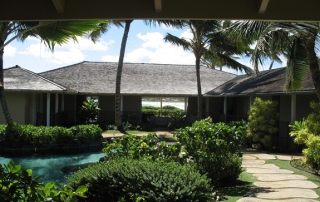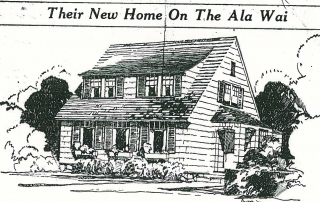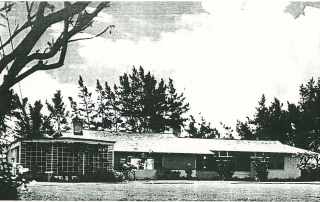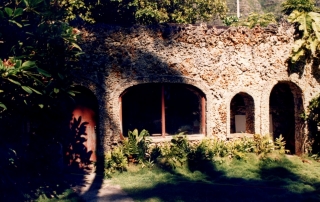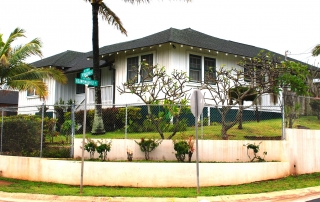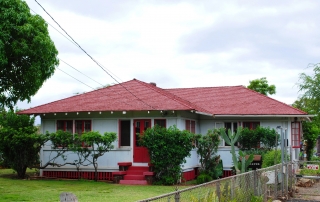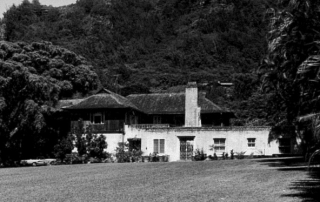248 North Kalaheo/ Boettcher Estate
Address 248 North Kalāheo, Kailua HI 96734 TMK (1) 4-3-016:004 SHPD Historic Site Number 80-11-9760 National Register of Historic Places #02000388 Abstract The Boettcher Estate was built in 1937 on Kailua Beach, on the windward side of Oahu, and is significant as an example of 1930s Hawaiian-style architecture and the work of architect Vladimir Ossipoff. It was designed by Ossipoff and built by contractor M. Kiuchi, who also teamed up to build the Edric Cook house (State Register). The house is situated on the rise of a sand dune in the center of a landscaped, ocean-front parcel. The one-story house has a distinctive steeply-pitched, cross-hip, "Hawaiian-style" roof, covered with shakes. The building's U-shaped plan wraps around an in-set lanai supported by coral stone columns. The lanai floor is acid-stained concrete, inscribed with a tapa-inspired design. The open side of the U faces the mountains, protecting the lanai from the prevailing onshore winds. The home's design combines many elements of indoor/ outdoor living associated with the architecture of Hawaii during this period. The bath and dressing rooms open directly to the exterior, and the large lanai has a fireplace. This list of Hawaii’s historic properties is provided as a public service by Historic Hawaii Foundation. It is not the official list of properties designated on the Hawaii State Register of Historic Places. For official designations and determinations of eligibility, contact the State Historic Preservation Division of the Department of Land and Natural Resources of the State of Hawaii at 808-692-8015.




